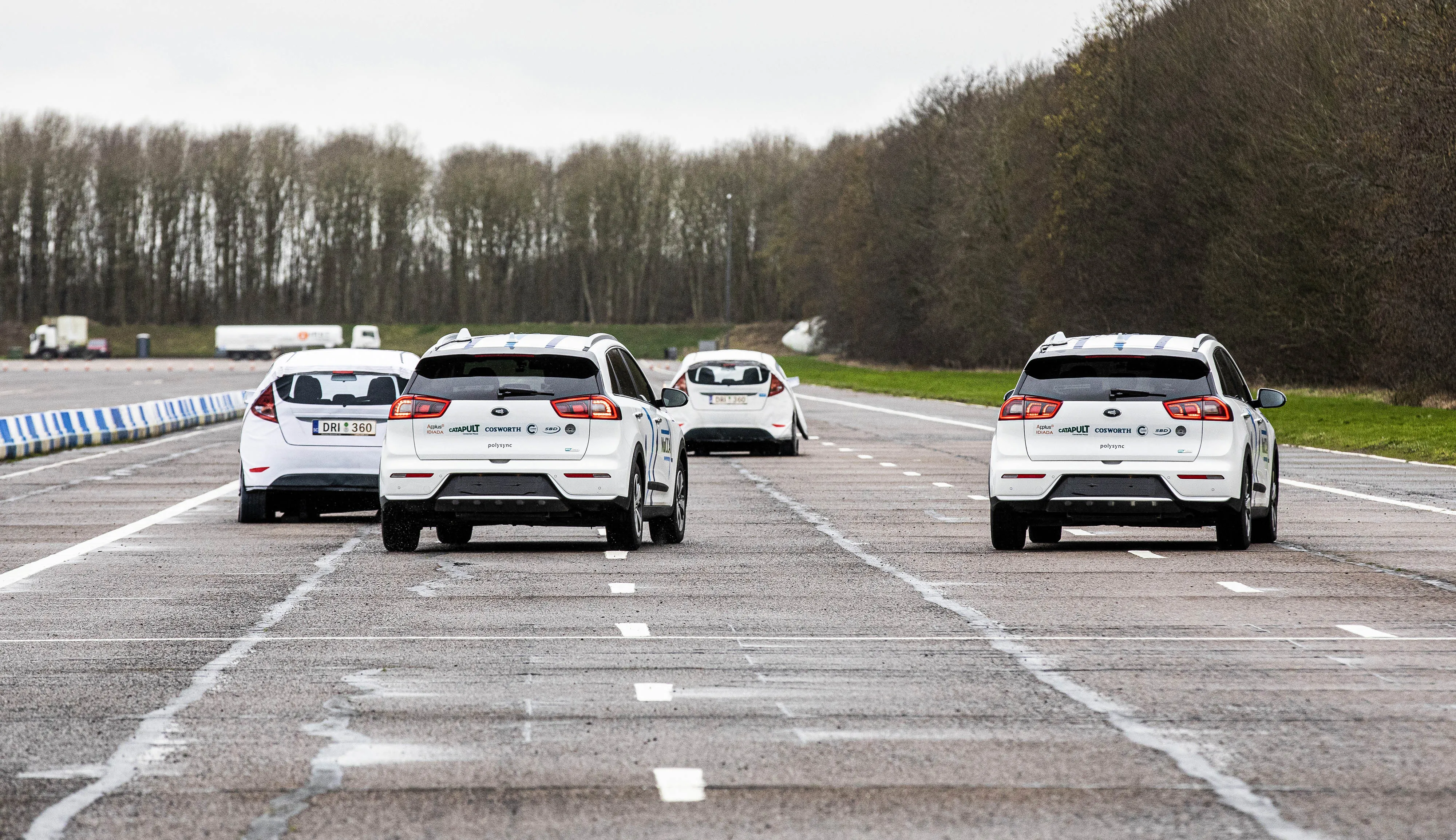Additionally, VTT says, the car can see humans through fog and avoid accidents automatically.
Marilyn now has light imaging, detection, and ranging (Lidar) mounted on its roof, which the company claims enables it to see wavelengths beyond the human senses.
Matti Kutila, VTT’s project manager, says: "Although Marilyn's vision is limited to roughly 30m in thick fog, the new Lidar type allows the car to be driven slowly rather than having to fully stop.”
The car now features optical component wavelengths via the 1550 nanometre Lidar and has additional intelligence for its software design to improve sensor capabilities. Software modules have been built in for the filtering of point clouds and the assessment of scanner reliability.
However, Marilyn's automotive radars and Lidar's detection of non-metallic obstacles and resolution is limited, particularly when trying to recognise shapes.
VTT 's robot car now sees through fog
VTT Technical Research Centre of Finland says it is one step closer to creating a safe automated vehicle through upgrades made to its Marilyn robot car. The vehicle can now see through foggy and snowy conditions, navigating without stopping.
Additionally, VTT says, the car can see humans through fog and avoid accidents automatically.
Marilyn now has light imaging, detection, and ranging (Lidar) mounted on its roof, which the company claims enables it to see wavelengths beyond the human senses.
May 15, 2018
Read time: 2 mins










